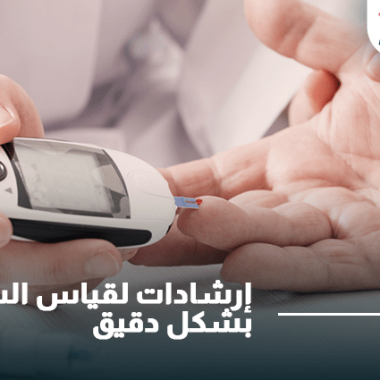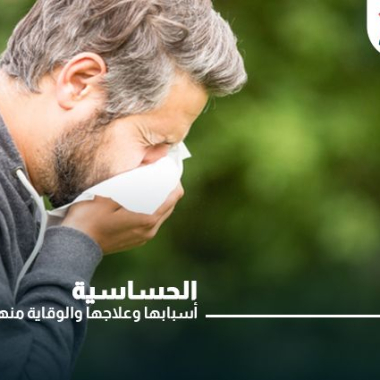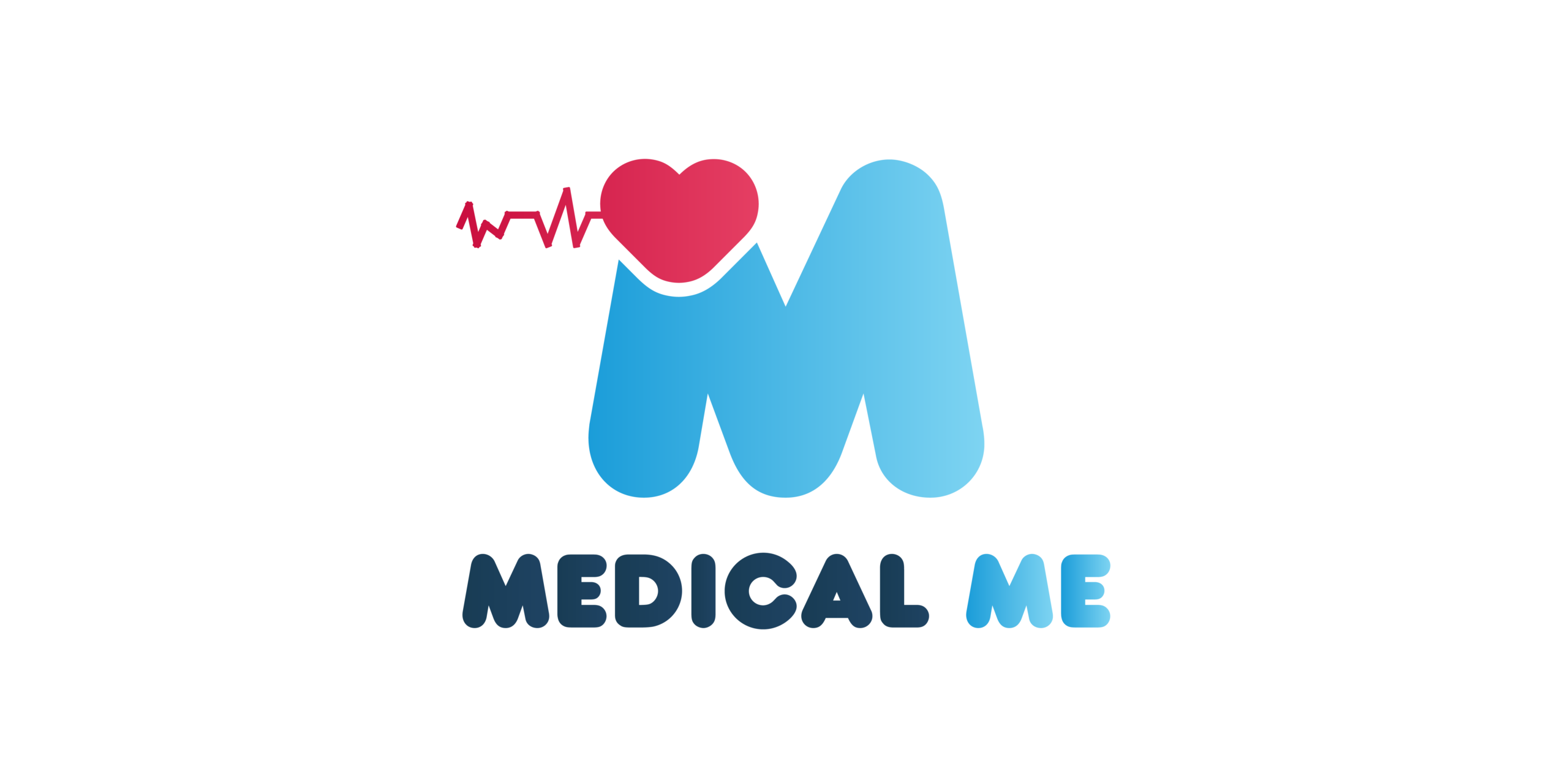What is urinary incontinence?
It means loss of urinary bladder control. It ranges between temporary incontinence during laughing or sneezing to complete loss of urine control.
Causes of urinary incontinence:
Loss of urine control is a symptom not a disease. There are two types of urinary incontinence and we will talk about the causes of each type separately.
Temporary urinary incontinence:
This type occurs as a result of unhealthy eating habits. It is called temporary because it happens for only one day or less. Diuretic intake is the main cause of this type such as: Caffeine (tea, coffee and Nescafe).
Soft drinks, sparkling water, and alcohol.
Chocolate, processed sweets and white sugar.
Chilli and Spices.
Citrus fruits like: oranges and tangerines.
Intake of large doses of vitamin C.
Some types of medicines such as: antihypertensives and sedatives; Therefore, read the label and the side effects of all medicines before using.

Long-term urinary incontinence:
Age is considered one of the most important causes, as aging reduces the capacity of the urinary bladder to store urine, and also increases the contraction frequency of the bladder muscles.
Menopause, what happens is a decrease in releasing of estrogen hormone, which affects the urinary bladder and urethra.
Pregnancy, the change in hormones occurs during that period, and the large size of the fetus in the last few months increases the pressure on the urinary bladder.
Some health problems such as: enlarged prostate, prostate cancer and urethral infection.
Hysterectomy: The uterus and bladder are supported by the same muscles and ligaments; so after hysterectomy, the ligaments supporting the uterus are affected, which in turn affects the bladder.
Neurological disorders: When these disorders involve the bladder nerves, incontinence occurs.
Risk factors of urinary incontinence
Age: Aging causes weakness in urinary bladder muscles.
Obesity: Weight gain makes load on the body’s internal organs and urinary bladder.
Gender: The risk factor increases in females due to hormonal change.
Smoking: Increases the risk factor of urinary incontinence.
Family history: If there is a member in your family who has a history of urinary incontinence, your risk factor will be higher.
Any other disease: Diabetes and neurological disorders increase the risk factors.
Complications:
Skin problems: Irritation, redness, inflammation, ulcers and skin infection.
Urinary tract infection.
Psychological disorders and social distance.
Self protection from incontinence:
- Release weight that considers a high load on the urinary tract.
- Play sports that strengthen pelvic muscles.
- Stop smoking and diuretics intake.
- Stop eating unhealthy and junk food.
- Eat more vegetables, especially leafy vegetables.
These methods will not protect you 100%, but will reduce the incidence rate.
Home remedies of urinary incontinence
1- Set a schedule with specific times for urination (you can go to the toilet every two to four hours) whether you feel the urge to urinate or not.
2- If you feel that you want to urinate, hold yourself for five minutes the first time and then prolong that time each time you feel so.
3- Double urination by staying longer in the toilet, to fully empty your bladder, hold yourself for two minutes, and then try again.
4- Control the quality of food, drinking, and lose excess weight.
5- Doing exercises that help strengthen the pelvic muscles and treat urinary incontinence.
What are the pelvic muscles exercises?
Kegel exercises help strengthen the muscles, and reduce the incidence of stress incontinence.
Exercises to strengthen the muscles of the pelvic: contract the muscles that help in passing urine for five seconds and then relax for five seconds and so on, you can reduce this period by holding yourself for two seconds and relaxing yourself for three seconds, with repeating that exercise for ten times in a row, and repeating each group Three times daily.
Aim for ten seconds of contracting your bladder muscles.
Treatment of incontinence:
1- It can be treated by temporary insertion of electrodes into the rectum or vagina to strengthen the pelvic muscles.
2- There are some medications prescribed by a doctor, and sometimes a catheter or surgery is required.
3- Wearing diapers is not considered a cure, but it reduces the incidence of infections and other skin complications because it keeps the skin dry and have many features as they are:
Similar to regular underwear, it does not make a voice during movement.
Provides complete comfort, thin, and no external appearance at all.
The adult diapers have internal barriers to prevent leakage.
There are also diaper brands that have a wetness indicator to know when it is appropriate to change diapers.
There are types like shorts called pants that are easy to wear on and take off, and most types with side plasters can be opened and closed more than once and are easy to take off.
It contains air channels to reduce skin moisture.
Its inner feel is cottony, comfortable and soft against the skin.
4- There are also diaper-like covers to protect beds and chairs from leakage.

You can also read more about this topic :
A Successful Experience With Urinary Incontinence
Sources:
https://www.mayoclinic.org/diseases-conditions/urinary-incontinence/diagnosis-treatment/drc-20352814














